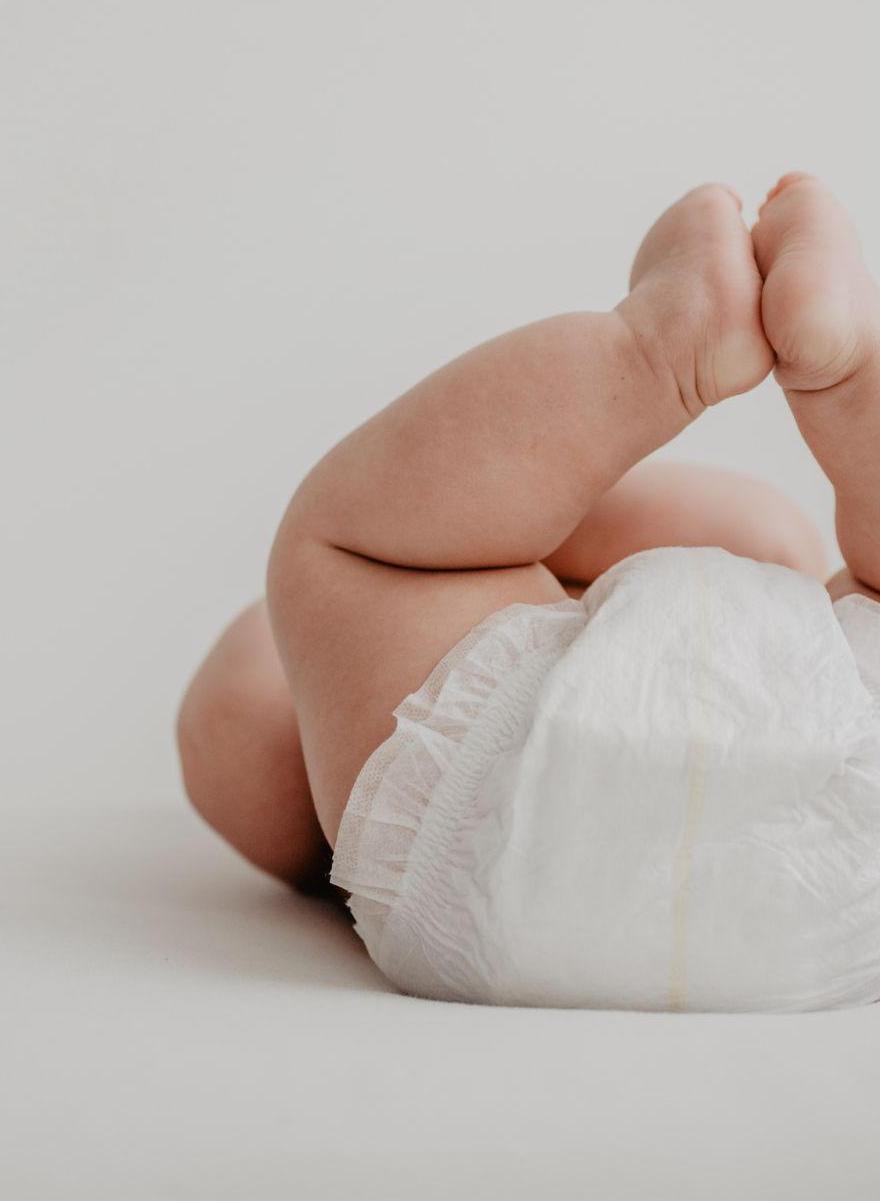When it comes to baby care, one question consistently tops the list for new parents: how often should I change my baby’s diaper? Navigating the world of disposable diapers, cloth diapers, baby wipes, diaper rash creams, and overnight diapers can feel overwhelming. This guide provides a clear and detailed understanding of optimal diaper changing frequency to ensure your baby’s comfort, hygiene, and overall well-being.
I. The Golden Rule: Check Frequently & Act Promptly
The most important principle is to check the diaper frequently, ideally every 2-3 hours, especially during the day. Don’t solely rely on a schedule; learn to recognize your baby’s cues.
- Listen to your baby: Fussiness, discomfort, or attempts to touch their diaper area can signal a need for a change.
- Feel the diaper: Gently feel the diaper’s bulkiness. A full diaper, even if not leaking, needs to be changed.
II. Key Factors Influencing Change Frequency:
To help you understand this further, let’s break it down.
- A. Age:
| Age Range | Typical Change Frequency (per day) | Key Considerations |
|---|---|---|
| Newborns (0-2 months) | 8-12 | Frequent urination & bowel movements (especially if breastfed) |
| Infants (2-6 months) | 6-10 | Developing bladder control, potentially less frequent bowel movements (if formula-fed) |
| Babies (6-12 months) | 5-8 | Changes in bowel movement patterns with the introduction of solid foods |
| Toddlers (12+ months) | 4-6 | More predictable bowel movements, increased bladder control. Solid food diet adjustment |
- B. Hydration & Feeding:
| Feeding Type | Bowel Movement Frequency | Diaper Change Implications |
|---|---|---|
| Breastfed | More Frequent | Expect more diaper changes due to frequent bowel movements |
| Formula-fed | Less Frequent | Expect fewer diaper changes related to bowel movements, but still check regularly |
- C. Type of Diaper (Disposable vs. Cloth):
| Diaper Type | Change Frequency | Key Considerations |
|---|---|---|
| Disposable | Every 2-3 hours or when full | High absorbency, but prolonged contact can irritate |
| Cloth | Every 1-2 hours or when wet | Lower absorbency, requires more frequent changes |
III. Specific Situations Requiring Immediate Diaper Changes:
Some situations always require an immediate diaper change:
- Bowel Movements (Poop): Change diapers immediately after a bowel movement. Feces contain bacteria that can quickly irritate the skin and lead to diaper rash.
- Leaks: If the diaper leaks, change it immediately to prevent skin irritation and discomfort. Ensure that the new diaper is properly fitted to prevent future leaks.
- Overnight Diapers: Even with absorbent overnight diapers, it’s wise to check at least once during the night, particularly for younger babies. Consider changing the diaper just before or after a night feeding.
IV. Best Practices for Diaper Changes:
- Gather Supplies: Have everything you need within reach before starting, including a clean diaper, baby wipes, diaper rash cream (if needed), and a changing pad.
- Use Baby Wipes: Clean the diaper area thoroughly with baby wipes, wiping from front to back to prevent the spread of bacteria.
- Apply Diaper Rash Cream: If your baby has diaper rash or sensitive skin, apply a thin layer of diaper rash cream to protect the skin.
- Properly Fit the Diaper: Ensure the diaper is snug but not too tight, allowing for comfortable movement. Fasten the tabs securely and make sure the leg cuffs are properly positioned to prevent leaks.
- Wash Your Hands: Always wash your hands thoroughly with soap and water after changing a diaper.
V. Understanding & Preventing Diaper Rash:
Diaper rash is a common skin irritation that can occur due to prolonged exposure to moisture, bacteria, and friction. Key prevention strategies include:
- Frequent Diaper Changes
- Thorough Cleaning
- Air Dry
- Diaper Rash Cream
- Loose Fit
VI. Choosing the Right Diaper:
Selecting the right diaper plays a vital role in maintaining your baby’s comfort and hygiene. Consider these key factors:
- Size
- Absorbency
- Material
- Features
VII. When to Consult a Doctor:
While most diaper rashes can be treated at home, consult a doctor if:
- The rash is severe or doesn’t improve with home treatment.
- The rash is accompanied by a fever.
- The rash appears infected (e.g., pus, blisters, open sores).
By understanding the factors influencing diaper change frequency and implementing best practices, you can ensure your baby stays comfortable, dry, and healthy. Remember, every baby is different, so observe your baby’s cues and adjust your diaper changing routine accordingly.





